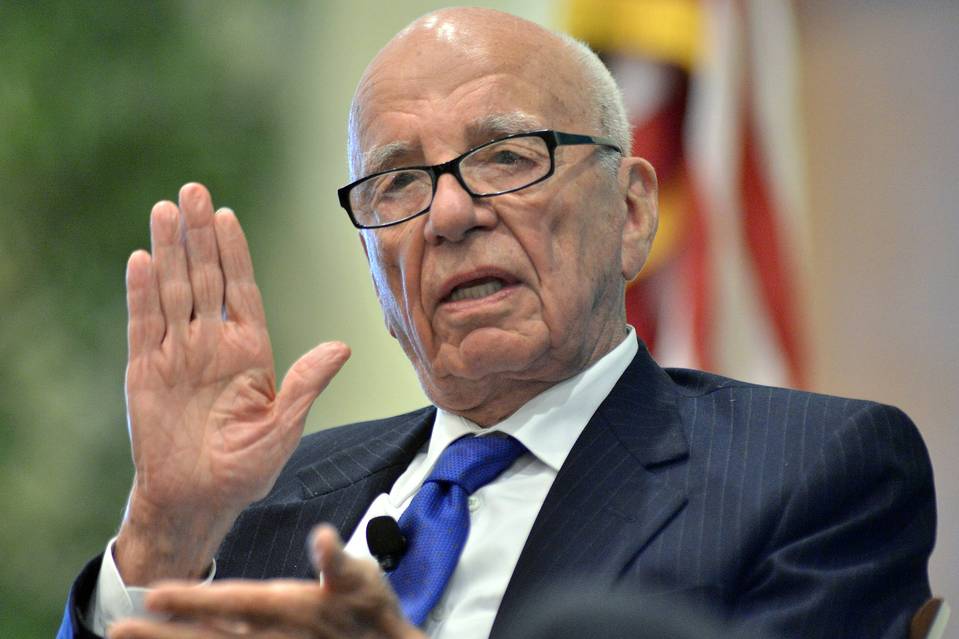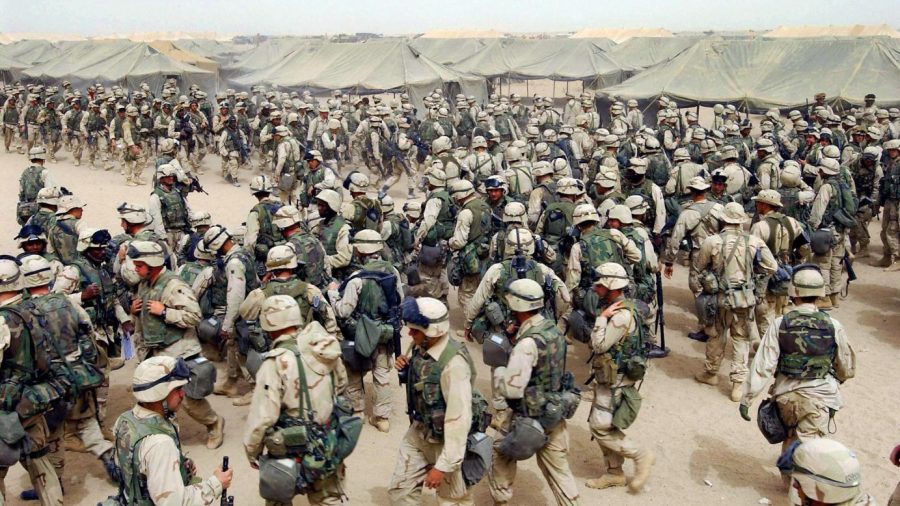American scholars Edward S. Herman and Noam Chomsky argues from their book titled “Manufacturing Consent: The Political Economy of the Mass Media” that the contents produced from mainstream American media are managed by corporations, receives funding and profit from advertising and covers stories that’s favorable to the powerful elites. This is known as the “Propaganda Model“. (Herman and Chomsky, 1988)
The propaganda model consists of five significant filters which evaluates how the media content is being produced. These five filters are: Ownership, Advertising, Sourcing, FLAK (strong criticism of the media content), and Anti-communism (or the common enemy such as terrorism).
One example of propaganda model’s usage is the American mainstream media’s coverage of the Iraq war in 2003.
The U.S. decided to invade Iraq back in 2003. Their justification behind this was they were doing it for their national security and to prevent further terrorism happening such as 9/11. Back then, there was this widespread belief in America that the Iraq invasion was a positive action and this was largely due to how the U.S. media such as FOX News covered the story behind the war. (BBC, 2023)
In the ownership filter, FOX News was owned by Rupert Murdoch (in 2003) who was affiliated with the American Republican party (right-wing) and supported the Iraq invasion. (McSmith, 2016) The media contents FOX News have shown to the mass were filtered and manipulated that aligned with the ownership’s interest (pro-war).

In advertising filter, companies such as Kraft and General Motors stopped airing their advertisements during news broadcasts of the war to avoid controversy of war. Also, the gruesome imagery shown during news coverage provokes sadness and horror to the audiences. Therefore, they’re avoiding any affiliations with the war so their brand image isn’t associated with any horrors of war to their product consumers and remain appealing to them. (Campaign, 2003)
In terms of sourcing, the information shown in mainstream U.S. news were mainly from the U.S. government. Even the on-field journalists were embedded with American soldiers where they’ll get most of their information from. Thus, it’s one-sided. (Miller, 2004)
For FLAK, as several news corporations (like FOX News) supports the U.S. government’s decision to invade Iraq, the journalists who negatively views it wouldn’t be given the spotlight and will be pressured to conform. Moreover, stating an opinion that’s against the mass would create negative responses which can damage the media outlet’s public reputation.
Finally, the common enemy filter for this situation was terrorism. After the devastating event of 9/11 a lot of Americans were angry and fearful of terrorism. The mainstream U.S. media (and the U.S. government) portrayed Saddam Hussein (leader of Iraq) as a terrorist and spread belief that he’s planning to harm America. This created fear in the U.S. mass, thus the nation now had a common enemy which in a way unified America back in 2003.

In short we should be aware of the propaganda model as the media can dictate us our way of thinking without us fully realizing it. However, it should be noted that we the audience have the ability to resist or even question the media contents shown to them. (Klaehn, 2003) Thus, the audience can negotiate with the media and not submit to its dominant position.
References:
BBC News. (2023). Why did the US and allies invade Iraq, 20 years ago? BBC News, 20 March. Available from https://www.bbc.co.uk/news/world-64980565
Campaign. (2003). Advertisers and media pull ads in response to Iraqi war. Campaign, 21 March. Available from https://www.campaignlive.co.uk/article/advertisers-media-pull-ads-response-iraqi-war/174703.
Herman, E.S. and Chomsky, N. (1988). Manufacturing Consent: the Political Economy of the Mass Media. New York: Pantheon Books.
KLAEHN, J. (2003). Behind the Invisible Curtain of Scholarly Criticism: revisiting the propaganda model. Journalism Studies, 4 (3), 359–369. Available from https://doi.org/10.1080/14616700306487
McSmith, A. (2016). The Iraq War and the Rupert Murdoch connection. The Independent. Available from https://www.independent.co.uk/news/media/press/chilcot-inquiry-report-iraq-war-rupert-murdoch-connection-a7125786.html
Miller, D. (2004). The domination effect. The Guardian, 8 January. Available from https://www.theguardian.com/world/2004/jan/08/usa.iraqandthemedia


What a great example! It is a shame that history keeps repeating itself, and people keep falling for media/government lies. I think you are right in your closing statement — the audience can resist or question the media, but only if they know how to critically consume it. I wish more people knew about the propaganda model because once you do, you start to see the pattern everywhere.